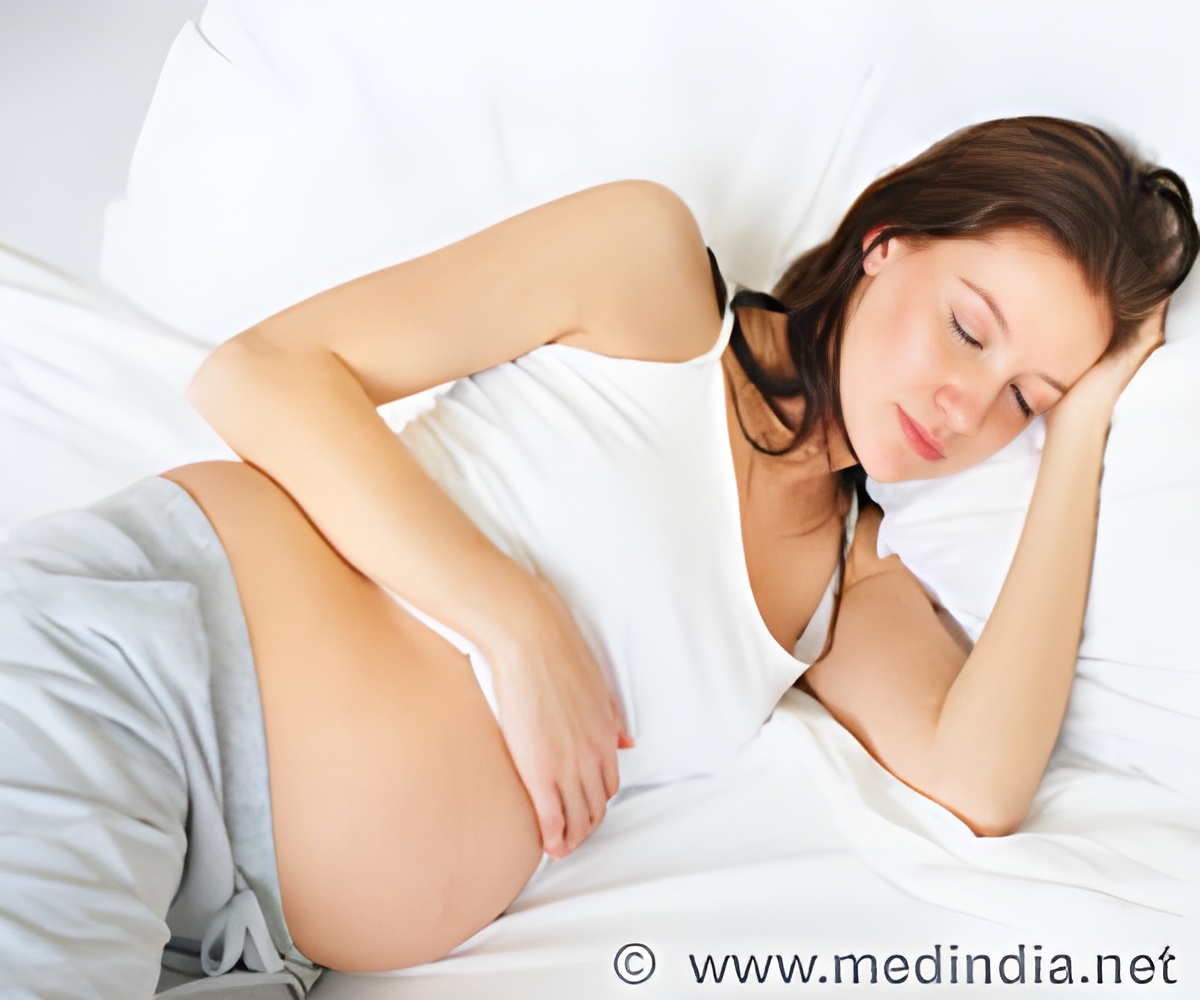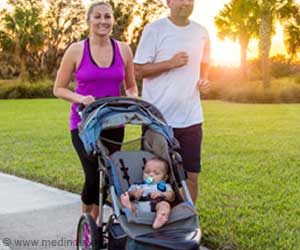Snoring, daytime sleepiness, hypertension/Body Mass Index (BMI) and neck circumference helps determine the risk of sleep apnea in pregnant women.

- An algorithm using the Berlin Questionnaire and neck circumference could help screen for obstructive sleep apnea (OSA) in obese women with gestational diabetes (GDM).
- The predictors for having sleep apnea included significant snoring, daytime fatigue, or BMI 30 kg/m2 or higher.
- Having a neck circumference greater than 35.5 cm was associated with higher risk for sleep apnea.
Reutrakul and her colleagues investigated the prevalence of OSA in Thai women who were in their late second to early third trimester of pregnancy. They were obese and controlled their GDM by diet.
The researchers enrolled the participants at 24 to 36 weeks gestation and recorded their baseline characteristics, glycemic parameters and neck circumference.
The participants completed the Berlin Questionnaire for obstructive sleep apnea, which asks patients about their snoring, daytime sleepiness, and hypertension/Body Mass Index (BMI) to help determine their risk for having OSA. Anyone who scored positive in two of these three Berlin categories were considered at high risk for OSA.
The participants wore a WatchPAT 200 device at home overnight to evaluate their sleep-related breathing and they were diagnosed as having OSA if their apnea hypopnea index was 5 or above.
Of the 82 women who completed the study, 43 (52.4 percent) had OSA, a higher percentage than was found in the general population. The predictors for having sleep apnea included significant snoring, daytime fatigue, or BMI 30 kg/m2 or higher.
Significantly more participants diagnosed with OSA scored positive in at least one questionnaire category than did those without OSA (74 percent vs 49 percent). To screen women with GDM at risk for OSA, the authors advise healthcare providers to first consider the number of positive Berlin Questionnaire categories, and for patients with negative results in all categories, consider neck circumference.
"Sleep apnea has previously been shown to be associated with adverse fetal and maternal outcomes. Health professionals should be aware of this possible comorbidity in women with gestational diabetes, especially in women who are obese," Reutrakul advised.The predictors for having sleep apnea included significant snoring, daytime fatigue, or BMI 30 kg/m2 or higher.
Reference
- Sirimon Reutrakul et al., Decision-tree tool can help screen women with gestational diabetes for sleep apnea, ENDO 2017: The Endocrine Society's 99th Annual Meeting & Expo, 2017.
Source-Medindia















